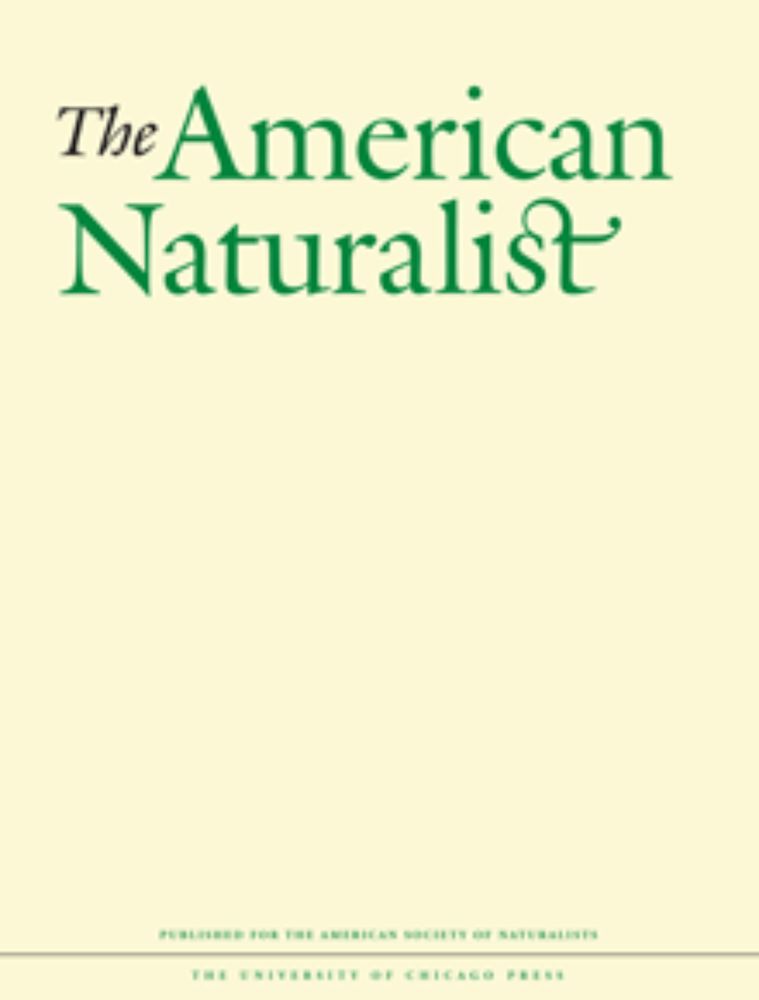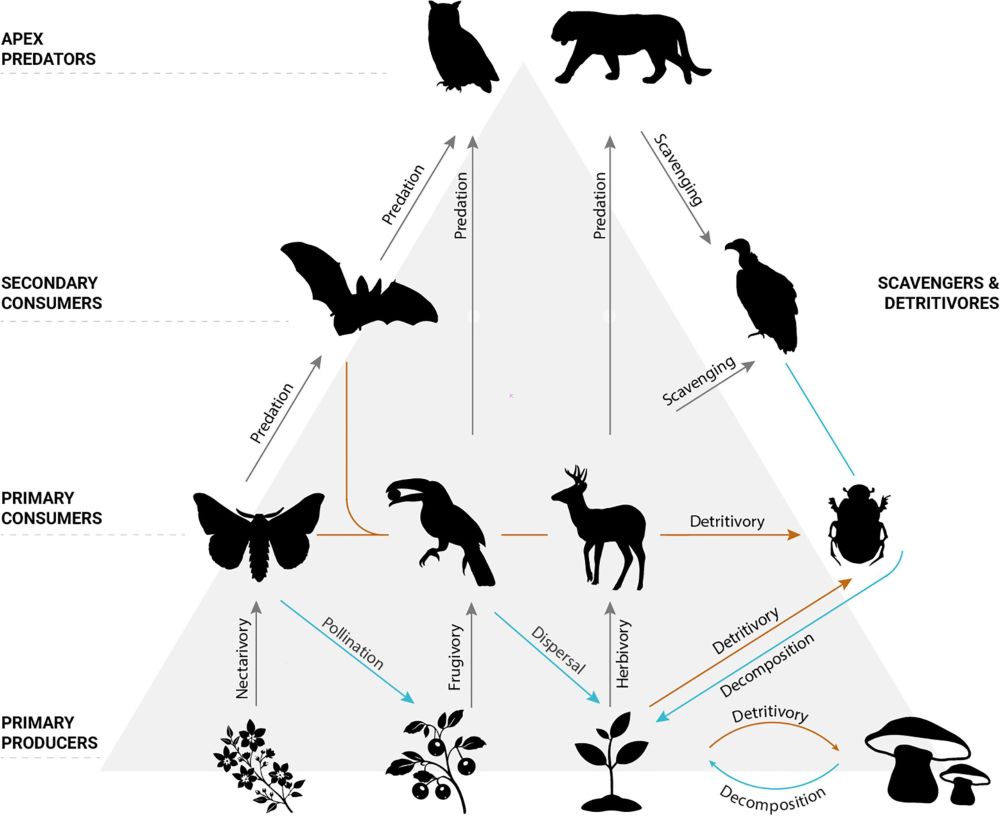Kier Mitchel Pitogo
@kmpitogo.bsky.social
26 followers
33 following
13 posts
🇵🇭 wildlife biologist. PhD student at KU EEB & Biodiversity Institute. MSc, UPLB. Interested in the ecology, evolution, biogeography, and conservation of mountain biodiversity. (he/him)
Posts
Media
Videos
Starter Packs
Reposted by Kier Mitchel Pitogo
Reposted by Kier Mitchel Pitogo
Reposted by Kier Mitchel Pitogo
Reposted by Kier Mitchel Pitogo
Reposted by Kier Mitchel Pitogo
Reposted by Kier Mitchel Pitogo
Reposted by Kier Mitchel Pitogo
Reposted by Kier Mitchel Pitogo
Reposted by Kier Mitchel Pitogo
Jean Utzurrum
@jean8rum.bsky.social
· Jul 24
Kier Mitchel Pitogo
@kmpitogo.bsky.social
· Jul 24
Kier Mitchel Pitogo
@kmpitogo.bsky.social
· Jul 24
Kier Mitchel Pitogo
@kmpitogo.bsky.social
· Jul 24
















